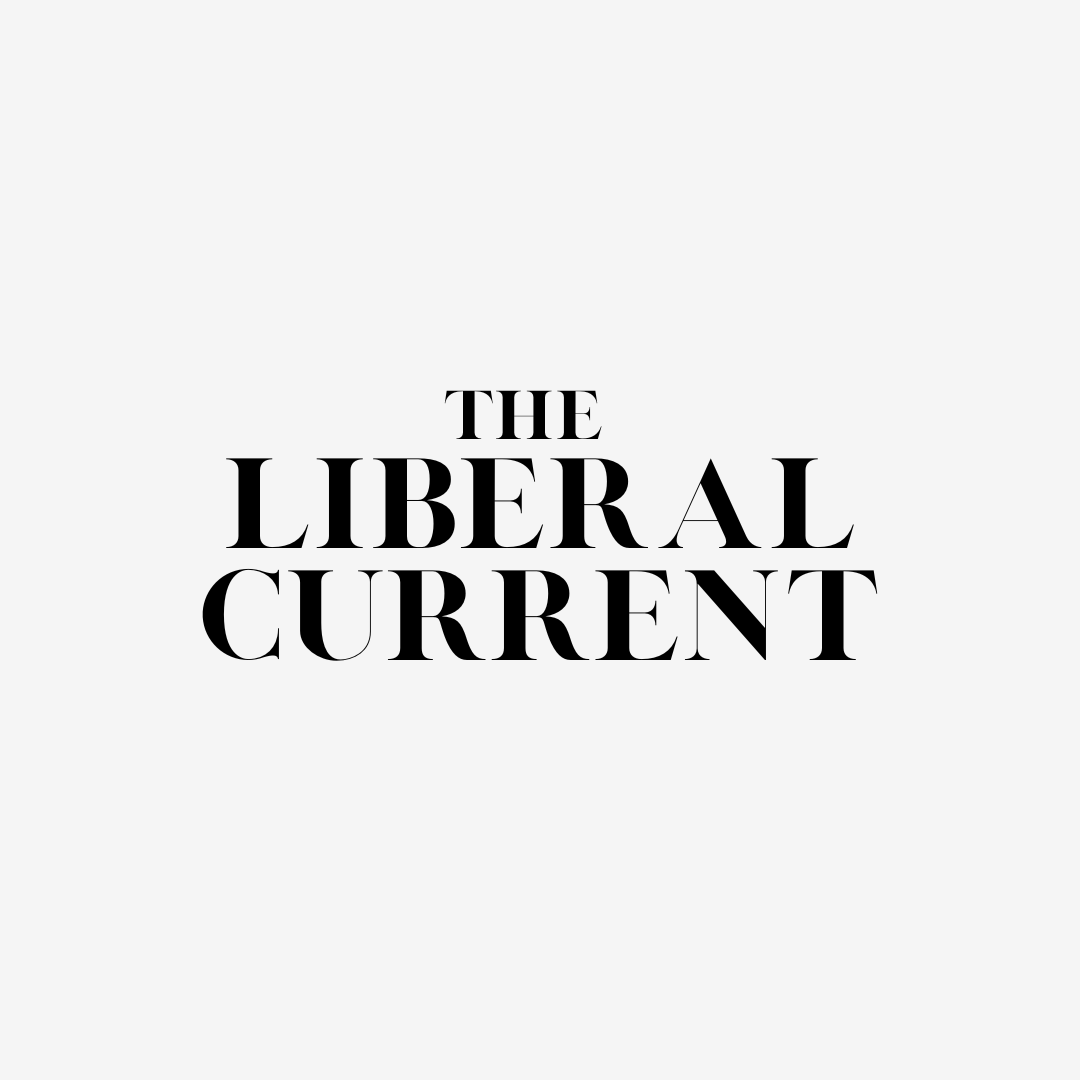Digital Media Merger: Puck and Air Mail Unite in Subscription Push
Puck and Air Mail announce merger plans to create a powerhouse in subscription-based digital media, backed by major investments and shared vision for premium content delivery.

Puck and Air Mail logos displayed at their respective New York headquarters as merger announcement approaches
In a significant development for digital media, New York-based Puck and Air Mail are finalizing merger negotiations, marking a pivotal moment in the evolution of subscription-based journalism. The consolidation aims to reshape the premium digital content landscape, reminiscent of the golden age of glossy magazines.
Strategic Consolidation in Digital Media
The merger represents a strategic move in an increasingly competitive digital landscape, where market dynamics continue to evolve, forcing media companies to adapt their business models. Puck, founded by Jon Kelly in 2021, has secured over $17 million in investments and built a loyal base of 40,000 paying subscribers.
Financial Backing and Growth Potential
Air Mail, helmed by former Vanity Fair editor Graydon Carter, has raised an impressive $30 million, demonstrating strong investor confidence. Both companies enjoy support from Standard Investments and TPG, establishing a robust foundation similar to successful financial partnerships seen in other sectors.
Diversification of Revenue Streams
The merger strategy reflects a broader trend in digital media, where companies are seeking to diversify revenue streams and strengthen their market position. While Puck specializes in Washington coverage and events, Air Mail has developed successful e-commerce and lifestyle verticals. This combination could create new opportunities for innovative business models and revenue generation.
Future Implications
The consolidation could serve as a blueprint for other digital media companies navigating the challenging landscape of subscription-based journalism. By combining resources and expertise, the merged entity aims to enhance content quality, expand audience reach, and develop sustainable revenue models in an increasingly competitive digital media environment.
Thomas Reynolds
Correspondent for a London daily, specialist in British foreign policy and transatlantic issues.
